Seodaemun Prison History
Hall & Museum
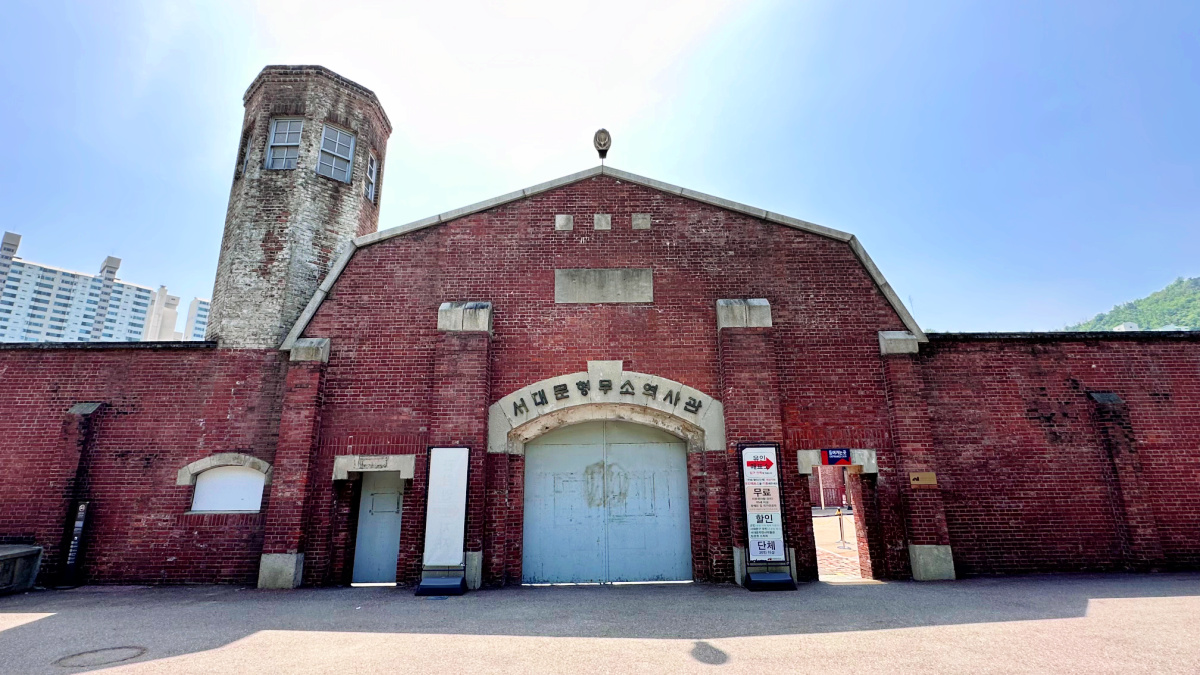 Seodaemun Prison History Hall and Museum's main entrance
Seodaemun Prison History Hall and Museum's main entranceSeodaemun Prison History Hall
The Seodaemun Prison History Hall and Museum, located in Seoul, South Korea, is a significant historical site converted into a museum to commemorate Korean patriots and independence activists imprisoned during the Japanese occupation.
Seodamun Prison History Hall and Museum is a must-visit for history enthusiasts and anyone interested in learning about South Korea's turbulent past.
The museum provides a glimpse into the country's dark history of political oppression and human rights violations that occurred during the Japanese colonial period and the post-Korean War era.
With its well-preserved artifacts, informative exhibits, and personal accounts of former prisoners, the Seodamun Prison History Museum offers a sobering yet fascinating look into the country's past struggles for democracy and freedom.
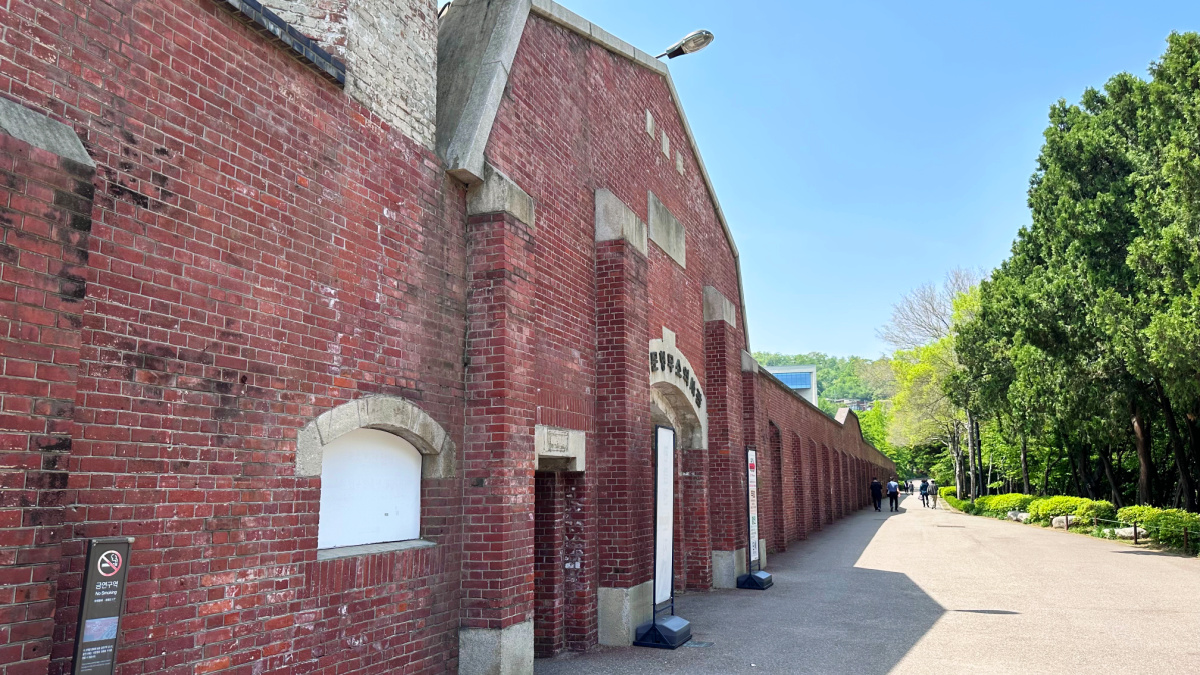 A side view of Seodaemun History Hall and Museum, Seodaemun District, Seoul
A side view of Seodaemun History Hall and Museum, Seodaemun District, Seoul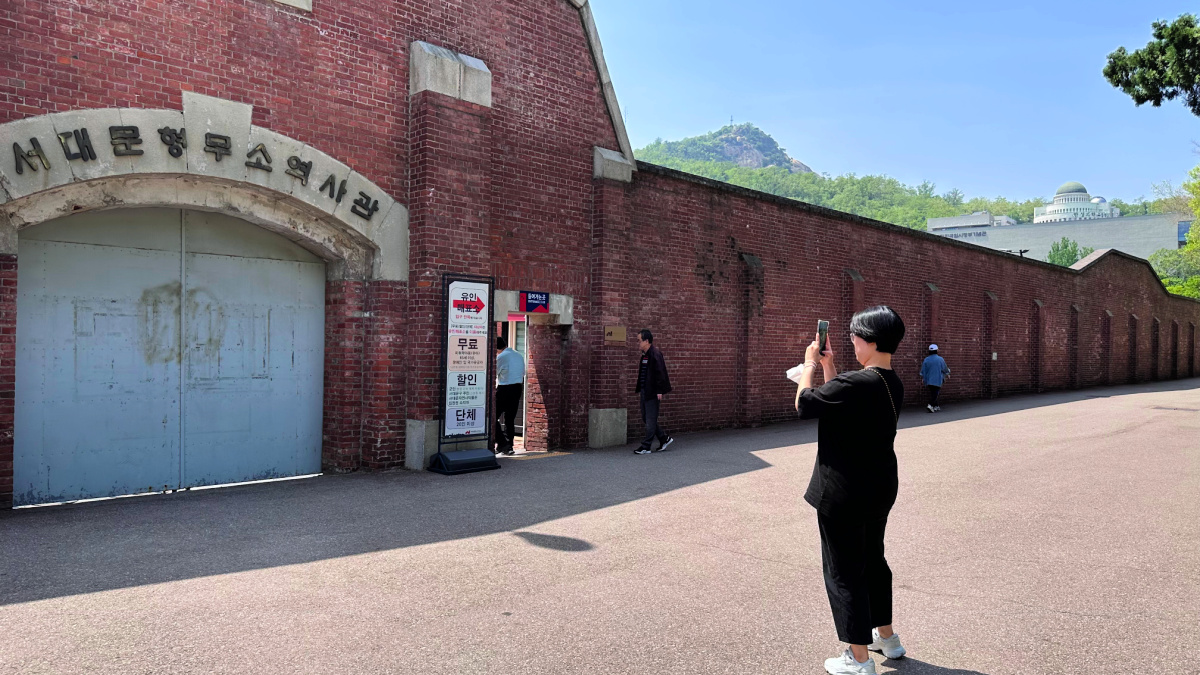 Seodaemun Prison History facility is turned into a museum.
Seodaemun Prison History facility is turned into a museum.Indeed, here's a more detailed look at the features of the Seodaemun Prison History Hall and Museum...
1. Exhibition Hall: The Exhibition Hall, a three-story building, was initially the Administration and Security Office of the prison.
The first floor is dedicated to the history of Seodaemun Prison, detailing the evolution of Korea's judicial system and the expansion of prisons in Korea.
The second floor pays homage to independence activists with a memorial hall displaying relics and 5000 prison records.
The underground section starkly contrasts this, featuring interrogation rooms where visitors can learn about the gruesome tortures endured by prisoners during the Japanese occupation.
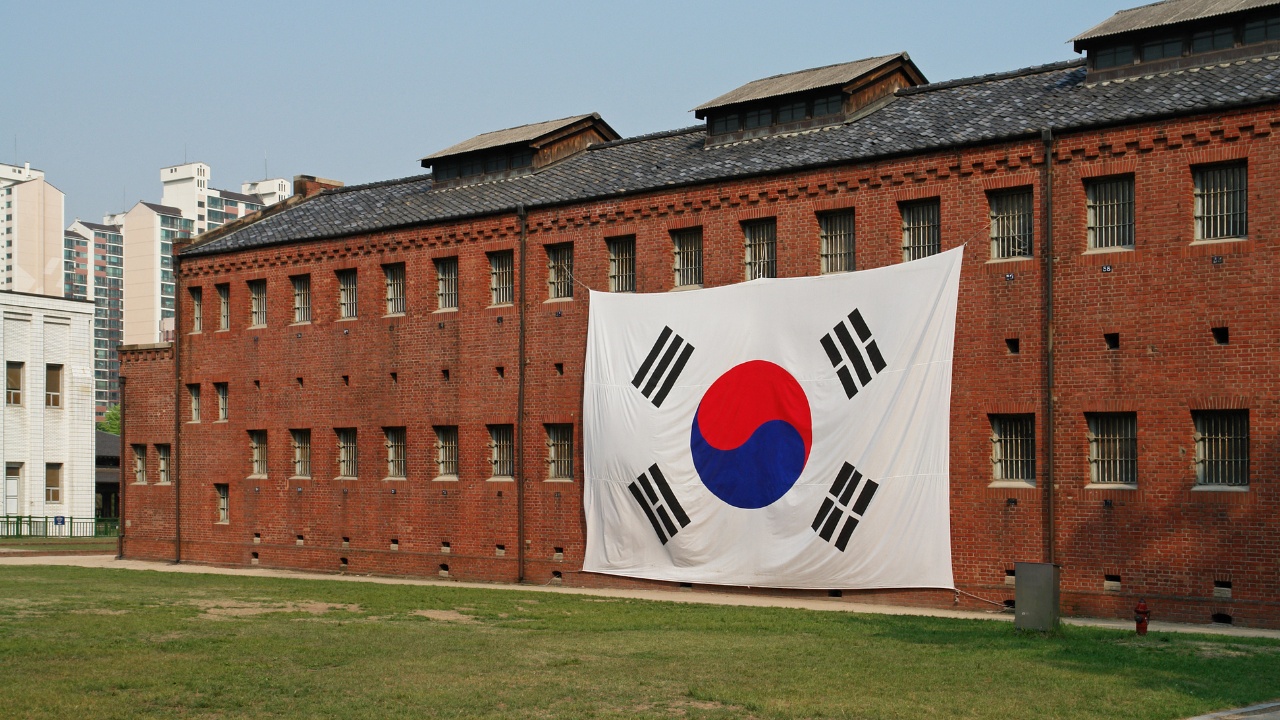 Seodaemun Prison History Hall and Museum
Seodaemun Prison History Hall and Museum2. Central Prison Building: This building functioned as the control center for correctional officers. It offers a comprehensive view of the prison's administrative side, including inmates' management.
The exhibition also provides insights into the prisoners' daily lives, highlighting the strict regimentation and surveillance they endured.
3. Prison Buildings: The museum features three two-story prison buildings, each containing many cells. These buildings offer detailed information about the activists who have been imprisoned.
Each cell contains a "Paetong," a signaling device used by prisoners to alert guards in case of emergencies, demonstrating the strict control and surveillance mechanisms in place.
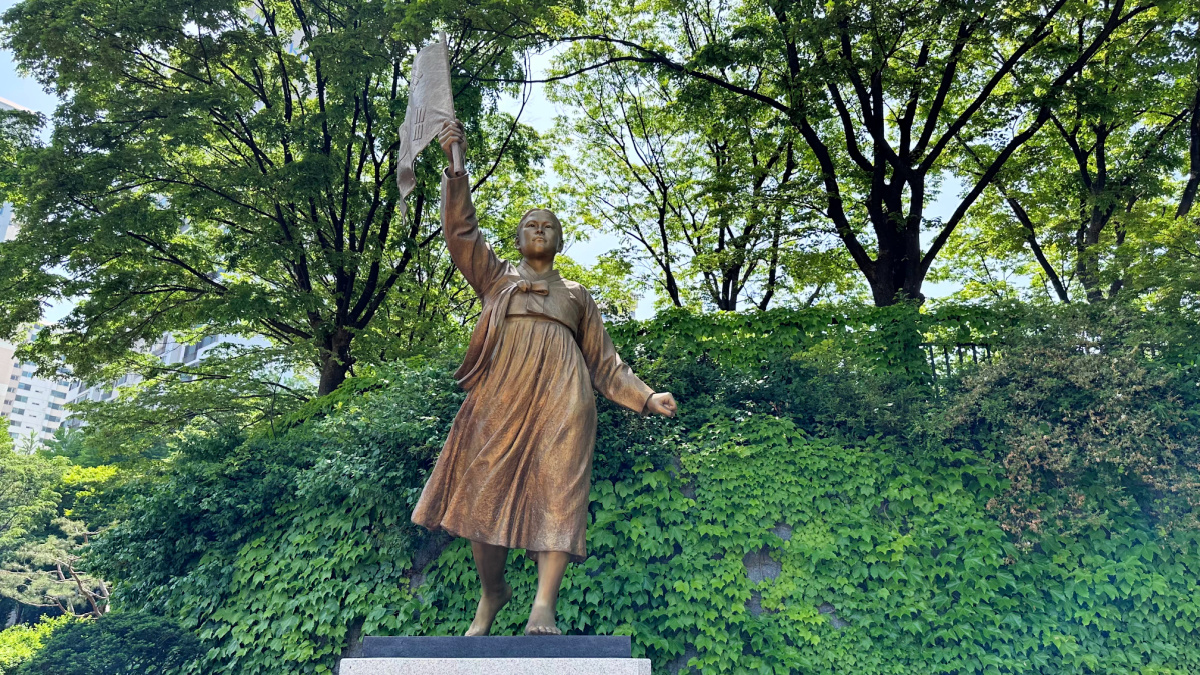 Yu Gwan Soon - an independence fighter
Yu Gwan Soon - an independence fighter4. Gyeokbyeokjang: This exercise facility for prisoners is uniquely designed with partition walls, reflecting the stringent security measures. The structure was meant to prevent prisoners from communicating with each other or attempting escapes, illustrating the oppressive conditions under which they lived.
5. Execution Building & Corpse Removal Exit: The execution building, built in 1923, is a solemn reminder of the harsh realities many freedom fighters face. Many were executed here, primarily by hanging. Adjacent to this building is a clandestine passage used for the removal of corpses, highlighting the grim and secretive nature of prison operations.
6. Women's Prison Building: A separate facility was used for female inmates, underscoring the gender segregation of the prison system. The building is similar to the men's prison but smaller in size. It includes statues of notable female independence fighters, serving as a tribute to their bravery and sacrifice.
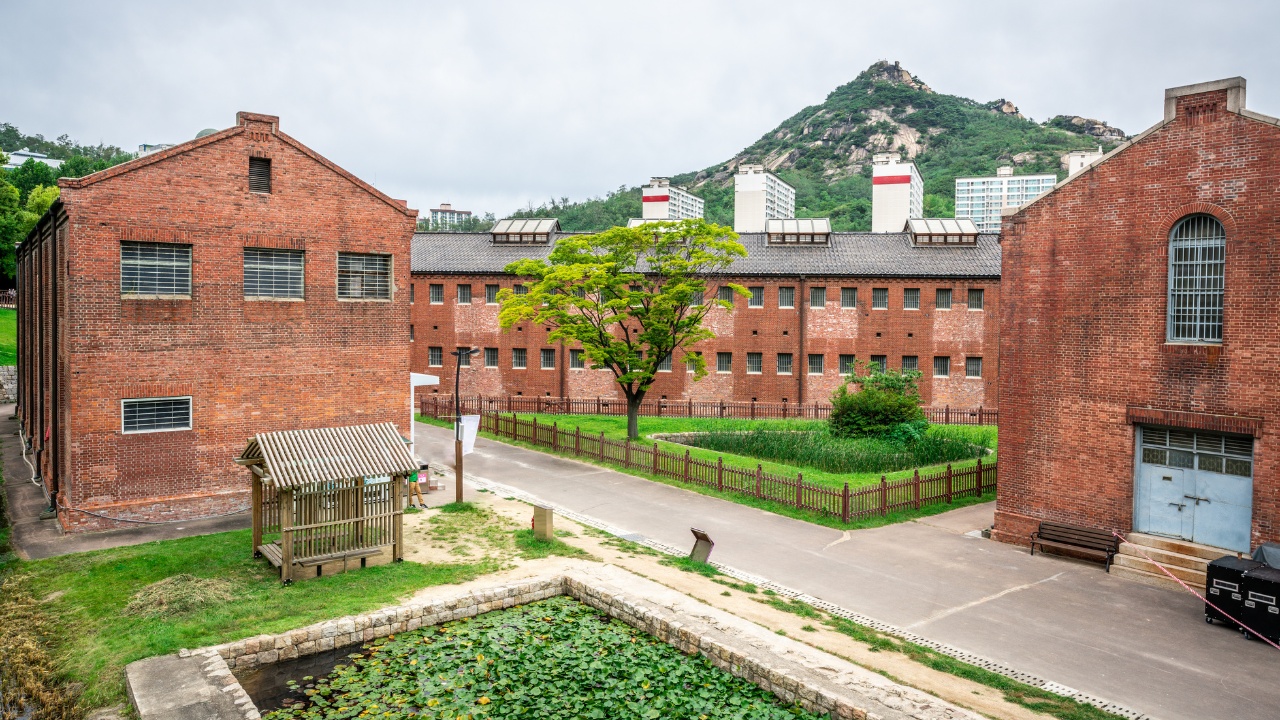 Seodaemun Prison History Hall Museum - Garden Area
Seodaemun Prison History Hall Museum - Garden Area7. Other Facilities: Additional structures within the museum complex add to its historical richness. The Leper's Building, Watchtower, Reverence Space, Storage, and Kitchen Barrack provide a broader prison infrastructure context.
The Museum Shop offers visitors a chance to purchase souvenirs and learn about objects from the prison's past, like those from the Kitchen Barrack and Boiler Room.
The watchtower, a prominent feature, provided guards with a panoramic view for surveillance, further emphasizing the prison's stringent security measures.
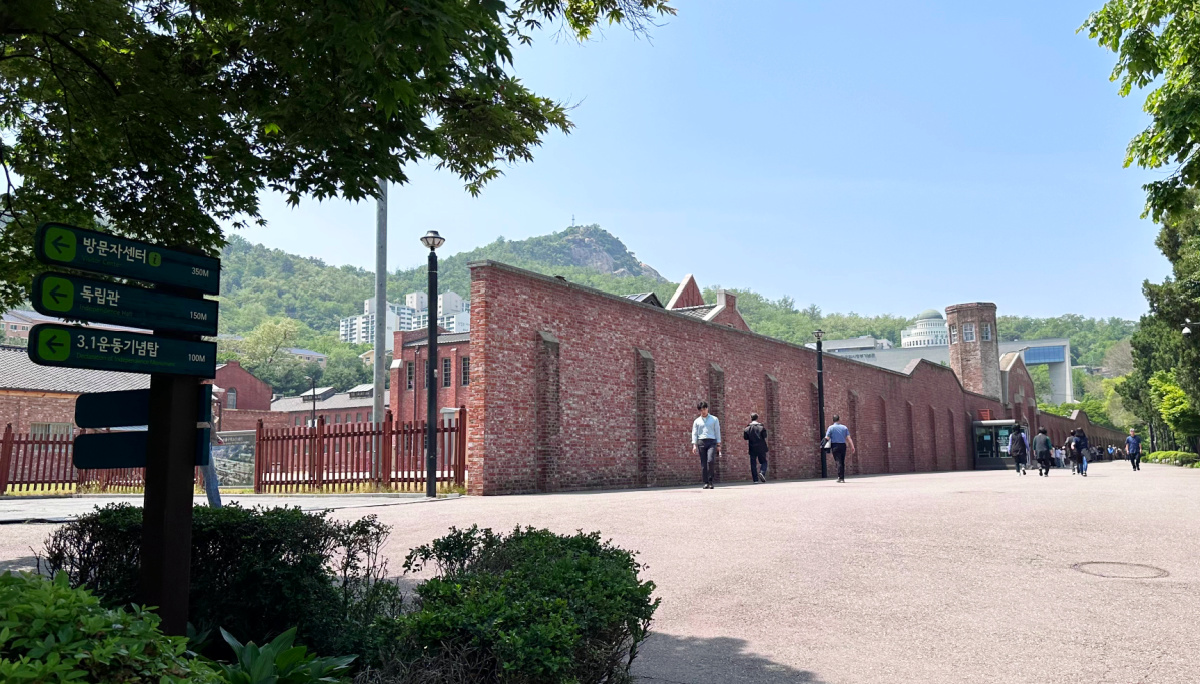 Seodaemun Prison Facility turned into a museum
Seodaemun Prison Facility turned into a museumBrief History Descriptions
Each feature contributes to the Seodaemun Prison History Museum's role as a poignant educational resource, offering visitors a deeper understanding of a tumultuous period in Korea's history.
Seodaemun Prison, now the Seodaemun Prison History Museum, is a poignant symbol of Korea's struggle for independence and tumultuous history during the 20th century. The prison's story is deeply interwoven with the history of Korea's occupation and the subsequent fight for freedom.
Constructed beginning in 1907 and opening its doors on October 21, 1908, Seodaemun Prison was originally named Gyeongseong Gamok. During the early Japanese colonial period, it was known as Keijo Prison.
The facility was built by the Japanese colonial government as part of their effort to suppress Korean independence movements and maintain control over the Korean peninsula.
Throughout its operational years, especially during the Japanese occupation of Korea, Seodaemun Prison became infamous for housing Korean liberation activists.
The prison was designed to hold about 500 inmates but saw a drastic increase in prisoners following the March 1st Movement in 1919, a nationwide demonstration for Korean independence.
The number of inmates swelled to about 3,000, many of them key figures in the independence movement, including the revered patriot Kim Koo and the young activist Ryu Gwansun, who tragically died due to the torture inflicted on her.
The prison was not only a place of incarceration but also of severe torture and execution. It played a central role in the oppressive regime's efforts to quell the spirit of the Korean independence movement.
Despite these efforts, the prison inadvertently became a symbol of resistance and the unbreakable spirit of the Korean people.
Following the end of the Japanese occupation in 1945, the prison continued to be used by the South Korean government for various purposes until its closure in 1987.
In 1992, in recognition of its historical significance, especially in the Korean struggle for independence, the site was transformed into the Seodaemun Prison History Museum.
The museum is part of the Seodaemun Independence Park and includes seven original fifteen prison buildings preserved as historical monuments.
Today, the Seodaemun Prison History Museum serves as a memorial hall, honoring those who sacrificed their lives for Korean independence. It stands not only as a reminder of the past atrocities but also as a testament to the resilience and courage of those who fought for Korea's freedom.
The museum plays a crucial educational role, ensuring that the stories of these patriots and the history of Korean resistance are remembered and passed on to future generations.
Getting to Seodaemun Prison History Museum
Seodaemun Prison History Museum is located in Seoul, South Korea. The address is 251 Hyeonjeo-ro, Seodaemun-gu, Seoul.
You can take the subway to Dongnimmun Station (Line 3, Exit 5) or buses 7016, 7022, 7041, 7212, 1020, or 7025 to Seodaemun Independence Park.
Nearby Attractions
1. Independence Park - located just across the street from the Seodaemun Prison History Museum, this park offers a peaceful respite from the hustle and bustle of the city. It's a great place to relax and enjoy the beautiful scenery, with various sculptures and monuments scattered throughout the park to commemorate the country's independence movement.
2. Seodaemun Independence Park - an expansive park that once served as a site for political rallies and demonstrations during the Japanese colonial period. It features several historic landmarks, including a statue of King Sejong, a museum dedicated to Independence movement leader Yun Bong-gil, and a memorial hall for the March 1 Independence Movement.
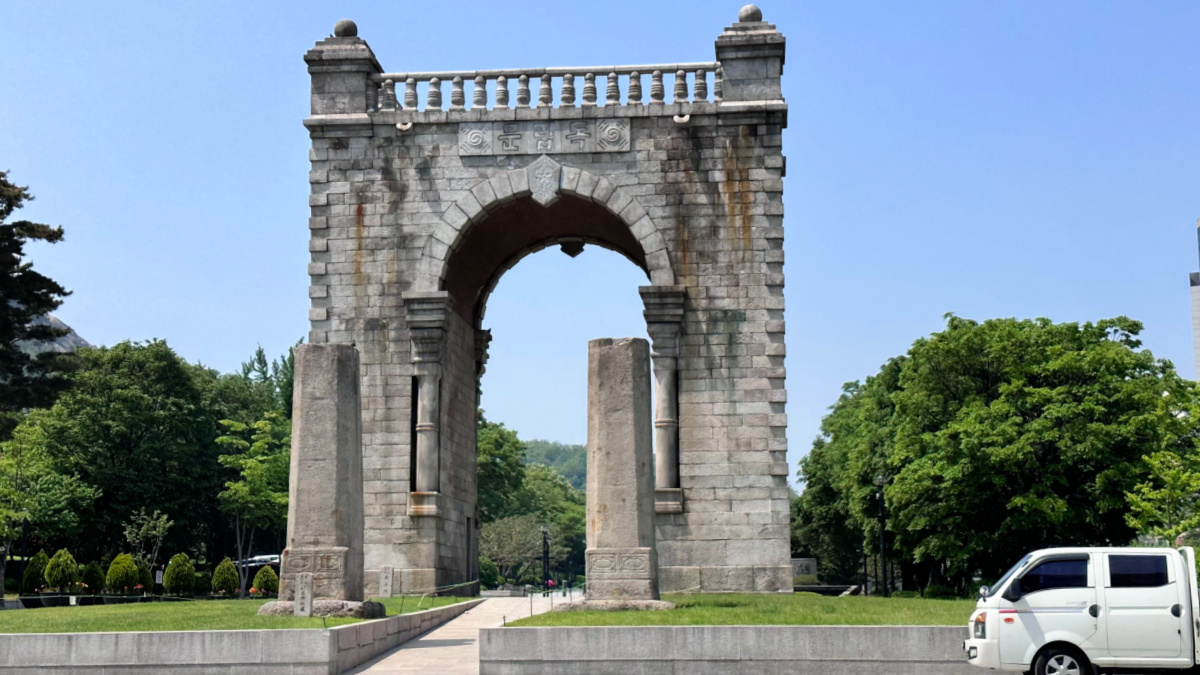 Independence Park gate, Seodaemun District, Seoul
Independence Park gate, Seodaemun District, Seoul3. Jeongdong Theater - located just a short distance from the museum, this traditional Korean theater is a great place to experience the country's rich cultural heritage. It hosts a variety of performances, including traditional music and dance, as well as contemporary productions that blend modern and traditional elements.
4. Gyeongbokgung Palace - one of Seoul's most iconic landmarks, was the principal royal residence during the Joseon Dynasty. Visitors can explore the palace grounds and the beautiful architecture and learn about Korea's rich cultural history.
5. Bukchon Hanok Village - a charming neighborhood that features traditional Korean houses, or hanoks, that have been beautifully preserved. It's a great place to stroll and soak up the local culture, with plenty of shops, cafes, and galleries to explore.
- Home
- Historical Attractions
- Seodaemun Prison History Hall and Museum
Get Exciting Activities
Book one of our exciting activities today to experience the thrill of a lifetime! Take advantage of this opportunity and secure your spot in advance.
Hotel Map Guide
Find your affordable, accessible, and comfortable hotel in Seoul at Agoda.Com. See the hotel map below...
Hotel Booking Guide
Find affordable and amazing hotels on Agoda.com using the search box below. Book now to enjoy great discounts and save!
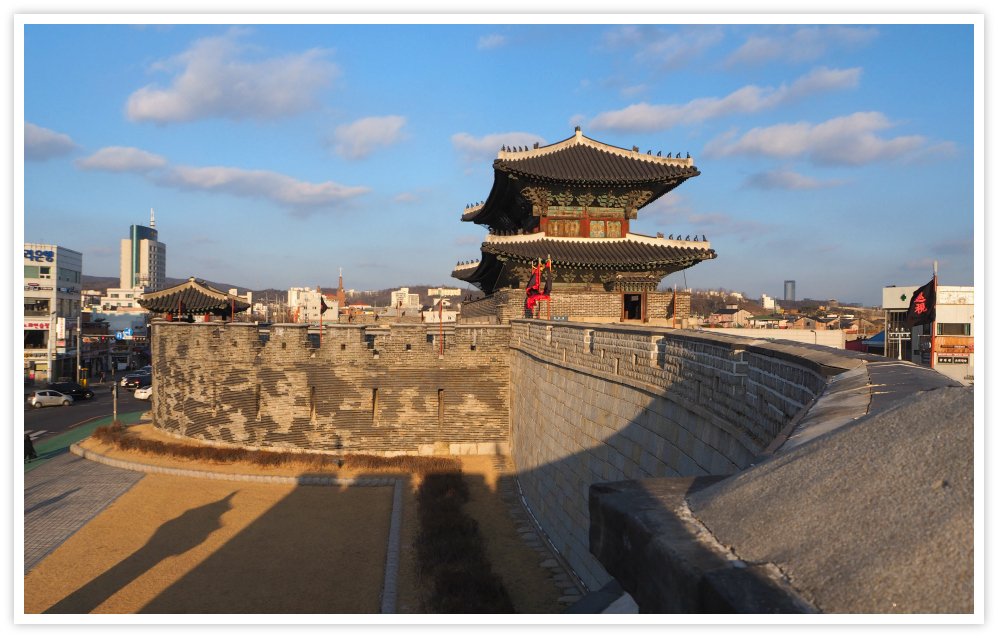
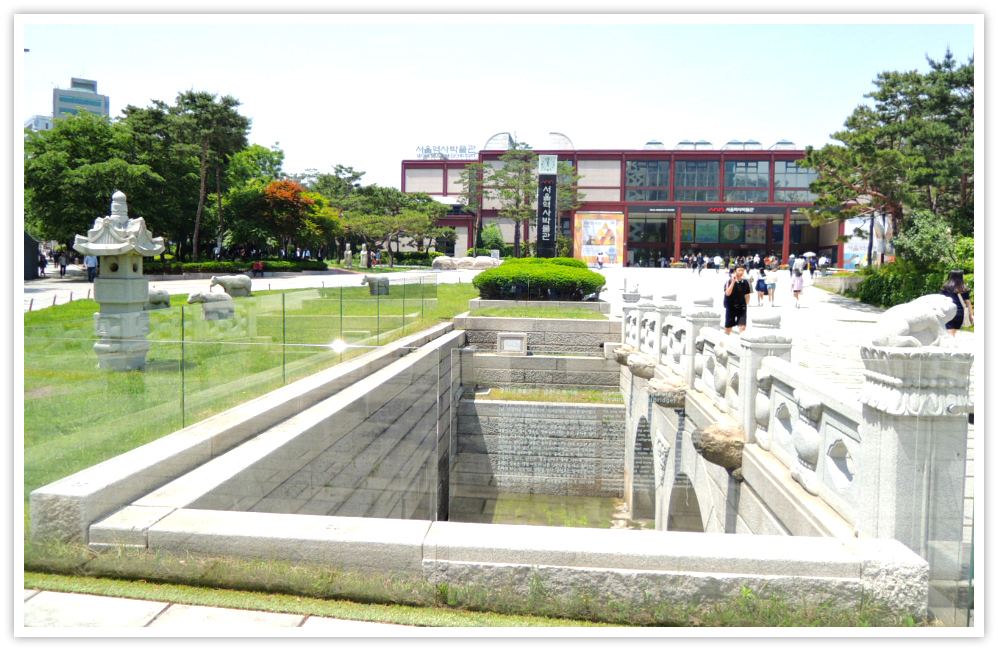
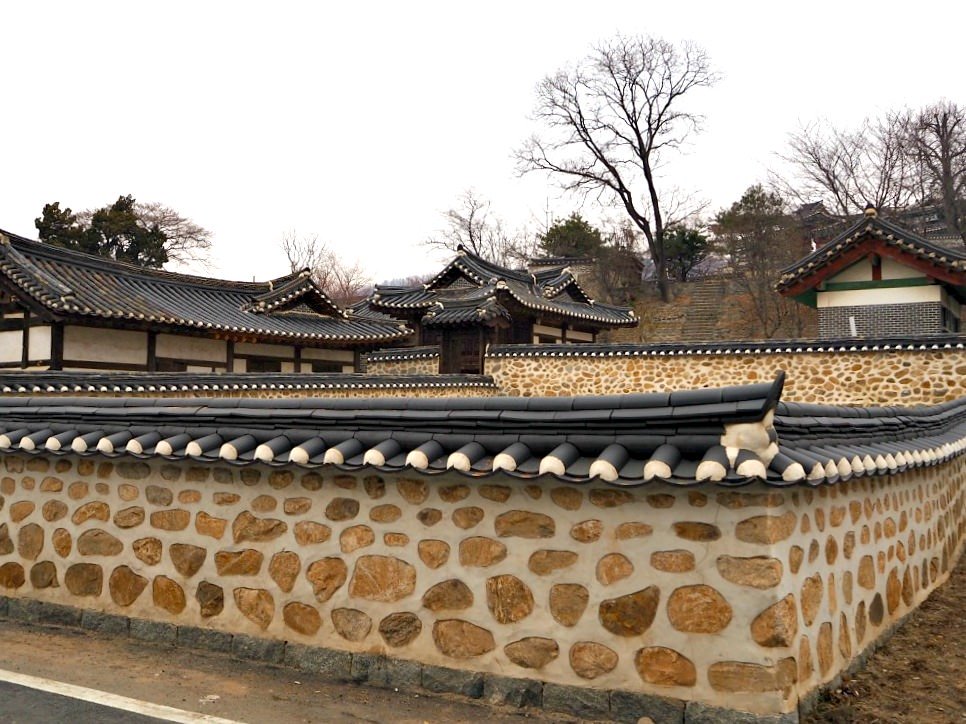




New! Comments
What do you think about this page? Leave me a comment in the box below.